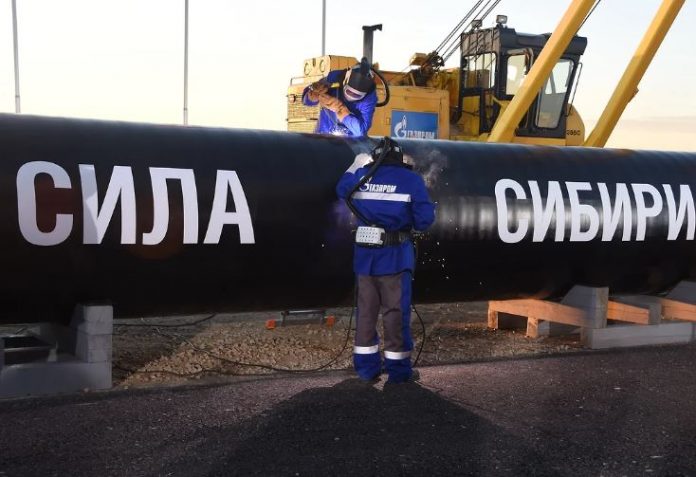In the two years since the beginning of the war in Ukraine, the energy landscape between Russia and the European Union (EU) has suffered a dramatic transformation.
What once seemed an impossible issue to solve, the reduction of the EU’s reliance on Russian energy, is now a reality, writes eToro analyst for Romania, Bogdan Maioreanu. But this change came with significant increase in inflation and governamental costs, creating a difficult situation for the economies weakened by the prior two years of pandemic.
The most striking change has been in the realm of fossil fuel imports. From a monthly high of $16 billion in early 2022, the EU has managed to whittle down its imports of Russian fossil fuels to about $1 billion by the end of 2023, according to an analysis by the Bruegel think tank.
The natural gas sector has seen Russia’s influence in the European market significantly diminished. If in 2021 over 155 billion cubic meters of gas have flown to the EU in 2023 this amount was only 27 bcm, or 83% less. This has led to a notable decrease in Russia’s gas export volumes and revenue, with Gazprom’s revenues in the first half of 2023 falling 70% compared to the 2018-2022 average, also due to infrastructural limitations that prevent the rerouting of substantial gas volumes to China.
The need for self sustainability of Europe has the potential to propel Romania as one of the main natural gas exporters on the continent. Through the Neptun Deep offshore gas project, Romania aims to extract approximately 100 billion cubic metres of natural gas. But according to the Atlantic Council think tank it is expected that Russia will oppose these natural gas projects, seeing as the Kremlin has already demonstrated a range of hybrid warfare tactics in the Black Sea.
We have also seen a drastic decrease in imports of Russian crude oil (-90%) and oil products (-91%). This highlights the EU’s firm commitment to distancing itself from Russian energy sources. In response to an EU embargo, Russia has adeptly redirected its oil exports towards Asia, with China, India, and Turkey emerging as key destinations. This strategic pivot has enabled Russia to maintain its mineral fuel export earnings at levels comparable to 2019, despite losing a significant portion of the European market for its natural gas exports.
Cutting the energy dependence on Russia came with a significant cost, in both inflation and government spending. At the height of the energy crisis, the price of natural gas went up to over 333 EUR per MWh. As natural gas was a component of electricity, this drove its price up too, forcing Europe to rethink the whole renewables strategy. And the results are starting to emerge. Both coal and gas generation had a record percentage fall in 2023, leading to a record drop in power sector CO2 emissions as well. Fossil generation fell to less than a third of the EU’s electricity (33%) for the first time ever, according to the Ember think tank. We have also seen an increase in renewable energy production in Romania in 2023 compared with 2022 by almost 10% while the natural gas production increased by 1.5%, oil decreased almost 5% and coal was reduced by almost 20%.
While natural gas prices stabilized in the last year, helped by two mild winters and a reduction in consumption, the oil price is still on the rise due to the Middle East crisis. The European Union still faces the challenge of stabilizing its energy supply channels and is still fighting inflation.
Meanwhile, energy companies posted record profits in 2022, sparking investor interest. Even if the energy markets normalized in 2023, according to the latest eToro Retail Investor Beat survey, individual investors’ interest is still high for the industry, with 38% declaring that they own stock in the energy companies and 36% in the utilities companies.
Romania to offer energy infrastructure to EU to reduce dependence on Russian gas
















